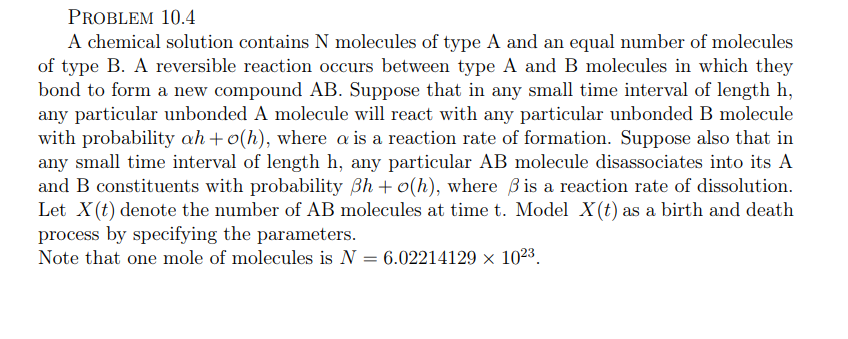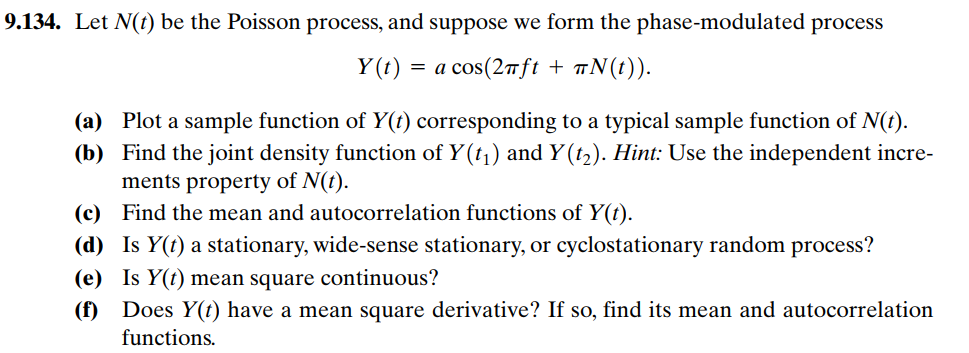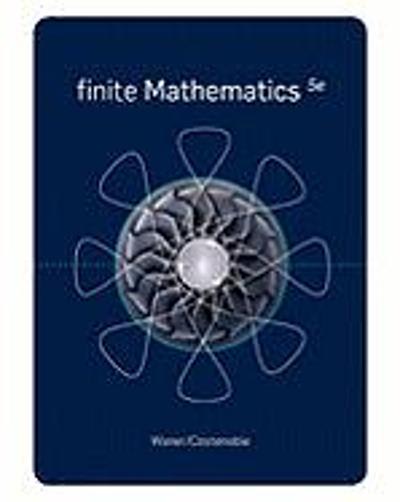Question
Predictive modeling uses statistics to predict outcomes through the use of models such as one of below: Naive Bayes k-nearest neighbor algorithm Majority classifier Support
Predictive modeling uses statistics to predict outcomes through the use of models such as one of below:
Naive Bayes
k-nearest neighbor algorithm
Majority classifier
Support vector machines
Random forests
Boosted trees
Classification and Regression Trees (CART)
Multivariate adaptive regression splines (MARS)
Neural Networks
Ordinary Least Squares
Generalized Linear Models (GLM)
Logistic regression
Generalized additive models
Robust regression
Semiparametric regression
Choose one model to research further and then create specific example/prototype of how it could be applied to a real-world problem.



Step by Step Solution
There are 3 Steps involved in it
Step: 1

Get Instant Access to Expert-Tailored Solutions
See step-by-step solutions with expert insights and AI powered tools for academic success
Step: 2

Step: 3

Ace Your Homework with AI
Get the answers you need in no time with our AI-driven, step-by-step assistance
Get Started


